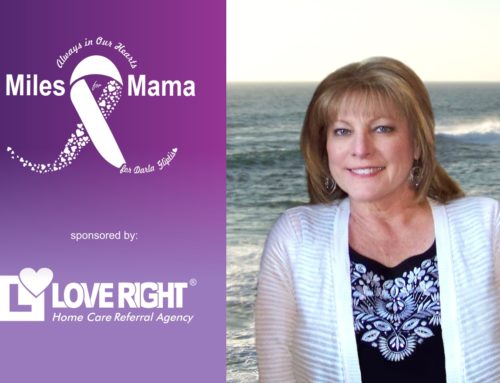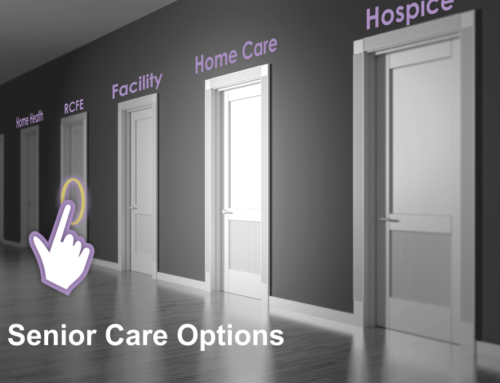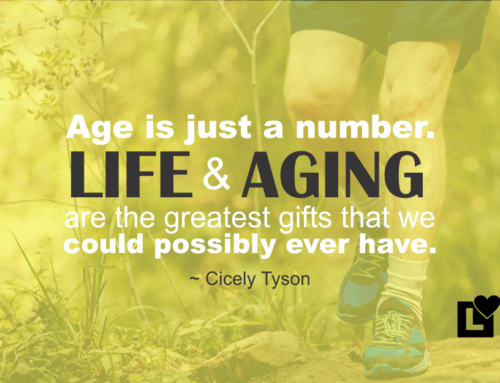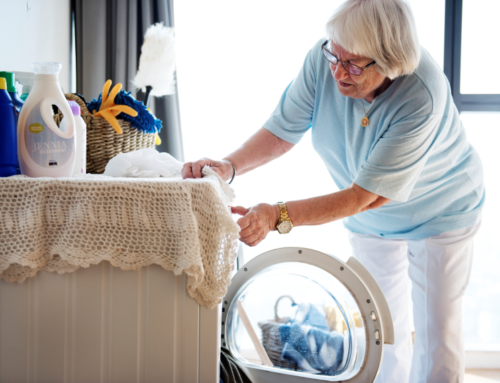Most of us by now know what hospice is or have at least have heard of hospice.
FACTS:
- In 2012, an estimated 1.5 to 1.6 million patients received services from hospice in the U.S.
- There are now over 70 hospice companies in San Diego county alone.
The problem seems to be most patients are signing on with hospice too late to take full advantage of the services. In 2012, 35.5 % had hospice services less than 7 days and 27% received only 8 to 29 days of hospice according to the National Hospice and Palliative Care Organization.
So why aren’t more patients signing on with hospice to get a more supportive and complete service?
Perhaps the biggest hurdle is a feeling of giving up on the patient too soon. The fear of the unknown and unfinished. But who is looking at the quality of those last days, weeks or months before the passing of the patient? Many doctors do not want to feel like they are giving up or letting their patients down. They push for continued treatment knowing the treatment itself may not cure them but have difficulty telling the patient they have no other options to offer.
Patients and families also become part of what looks to be the revolving door syndrome. The patient opts for treatment, they become ill, end up in the hospital, perhaps are sent to a nursing and rehabilitation center, go home, start treatment again, become ill, and thus do not know when it is time to simply say, enough is enough. The patient also does not want to let family down so they opt to continue pushing themselves to the point of frustration, and many times, disappointment. The timing of Hospice Care is crucial in these situations.
Palliative care has helped to open the door for communicating to patients and families other avenues…
…of hospice care and possibly get them signed on sooner than later. Palliative care allows the patient to receive certain treatments while they are under the umbrella of hospice. For example, if the patient is having pain on the spine from a tumor, rather than receiving treatment to attempt to cure the tumor, the patient can receive enough treatment to relieve them of the pain by shrinking the tumor. Then, once the pain is better controlled, they can stop treatment and allow for better quality of life.
So many diseases are not matter of fact. It can be difficult for a patient or family to know exactly what decision to make about whether to continue receiving treatment or not. There rarely are black and white answers or specific statistics to help make decisions. Most patients currently on hospice are cancer patients and the treatment options vary tremendously.
Having a patient on hospice is to be better considered a philosophy of care.
Close to 66% in the U.S. receive hospice at a place of residence. They are able to enjoy being in a familiar environment, with family around them, and receive nursing care, spiritual help, an aide to help with personal care and most of all, the family benefits from counseling during the process of their loved one passing. In addition, the family many times qualifies for post bereavement support up to a year.
When a patient is placed in a nursing home, Medicare does not pay for the room and board rate during the stay. It is up to the patient or family to pay that cost which can be financially prohibitive. Therefore, many times, it makes sense for family to take care of their loved one in the comfort of their home.
May I be the medicine for those who are sick,
A partner for those who are lonely,
A bridge for those who need to cross over,
And a light for those who are blind.
~Buddhist Prayer










Leave A Comment